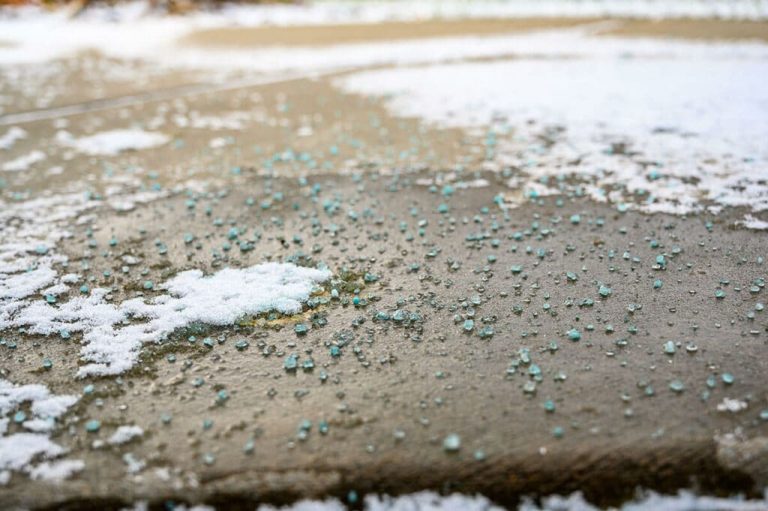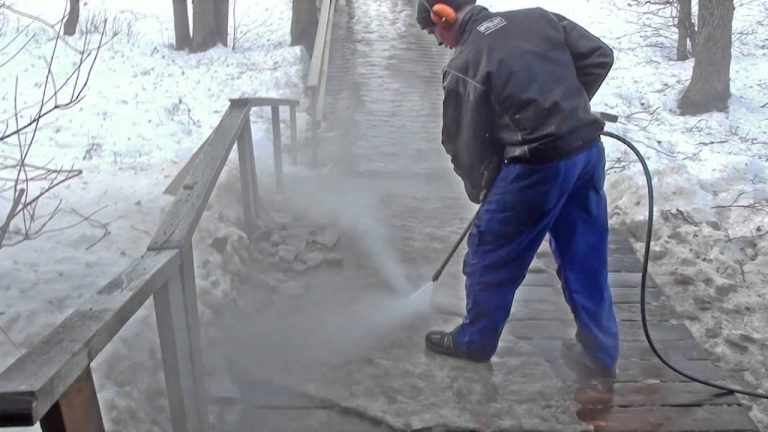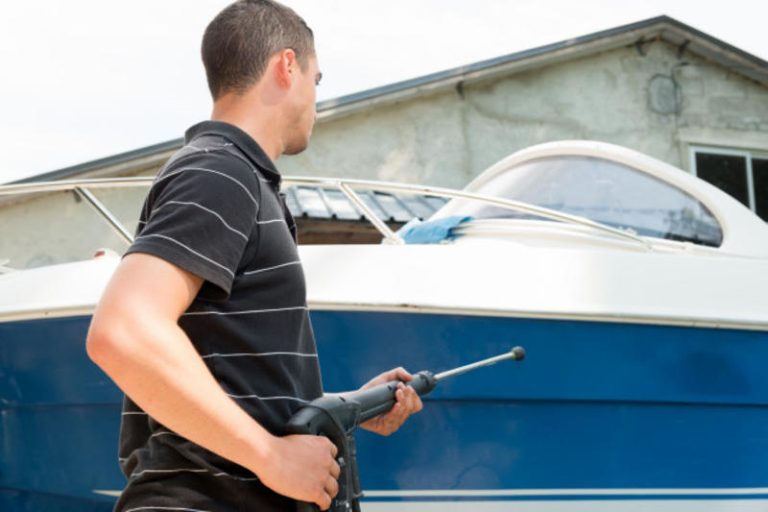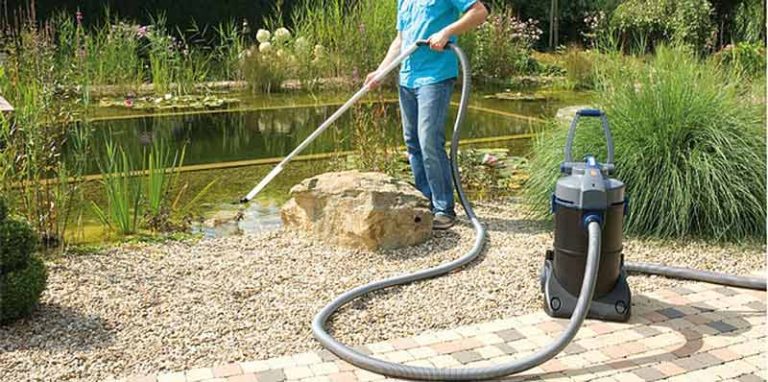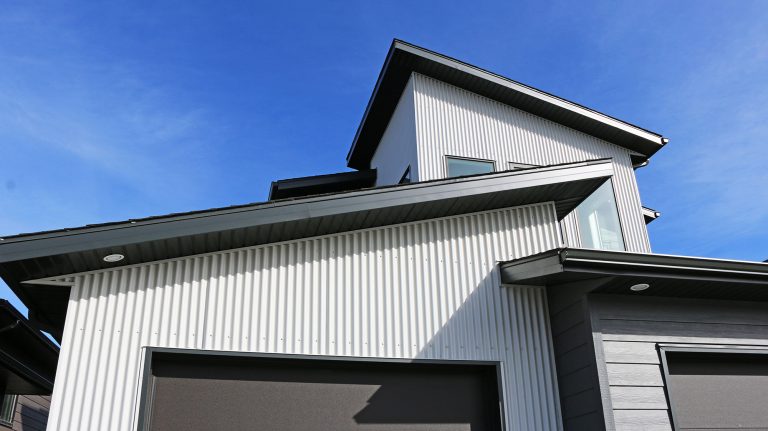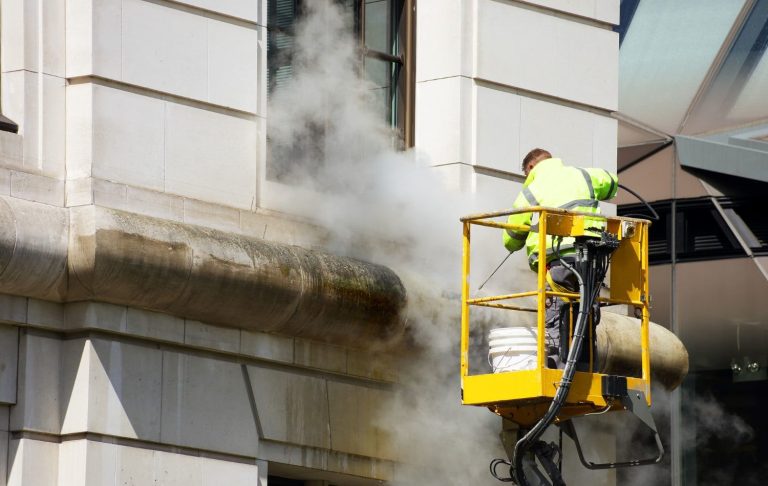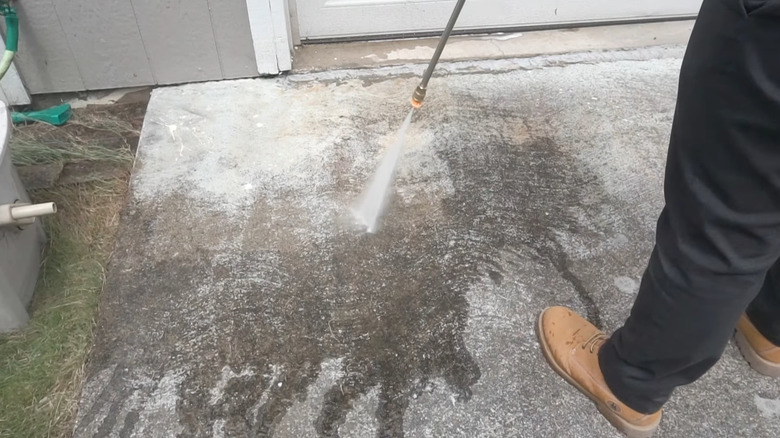
Pressure washing can make your home look brand new—but it can also cause major headaches if not done correctly. While it’s a powerful tool for cleaning siding, decks, driveways, and fences, improper use can lead to leaks, mold, structural damage, and even expensive repairs. 😨💸
So, if you’re wondering:
“How can I prevent water damage while pressure washing?”
You’re already ahead of the game.
This article walks you through everything you need to know to protect your home—while still getting that squeaky-clean finish. 🧼✨
💧 How Pressure Washing Can Cause Water Damage
It seems counterintuitive—after all, you’re just using water, right? But a pressure washer can unleash 1,500 to 4,000 PSI, strong enough to:
- Strip paint
- Crack glass
- Force water behind siding
- Damage insulation or drywall
- Soak attic or crawl spaces through vents or gaps
The result? Moisture buildup in places where it doesn’t belong, leading to mold, mildew, wood rot, and even electrical issues. 😬🚫
🚨 Common Areas Vulnerable to Water Damage
Be extra cautious when pressure washing near:
- Windows and window frames
- Doors and weatherstripping
- Attic and roof vents
- Electrical outlets and boxes
- Soffits and fascia boards
- Siding seams or gaps
These areas are prone to leaks when hit at the wrong angle—or with too much pressure.
🧠 Tips to Prevent Water Damage While Pressure Washing
✅ 1. Use the Right Pressure Setting
Don’t just crank it to max power! Each surface requires a different PSI:
- Wood: 500–1,200 PSI
- Vinyl siding: 1,200–1,800 PSI
- Concrete: 2,000–3,000 PSI
- Painted surfaces: under 1,500 PSI
📏 Tip: Always test on a small, inconspicuous area before tackling the whole surface.
✅ 2. Hold the Nozzle at the Correct Angle
Pointing the wand directly at joints, seams, or vents can force water behind the surface. Instead:
- Hold the spray at a 45° angle
- Stand at least 12–24 inches away
- Move in smooth, side-to-side motions
🔁 Never spray upward under siding or shingles
Browse Amazon Here For Popular Pressure Washers And Accessories
✅ 3. Seal All Openings Before You Start
Do a pre-wash inspection to:
- Close all windows tightly
- Check for cracked caulking or loose siding
- Cover vents with plastic sheeting and painter’s tape
- Tape over outdoor outlets or use waterproof covers 🔌
A few minutes of prep work can save you hundreds—or even thousands—in water damage repairs.
✅ 4. Avoid Damaging Gutters or Downspouts
High-pressure water can dent gutters, loosen brackets, or push water into the eaves. Clean them gently using:
- A low-pressure nozzle
- Gutter-specific cleaning tools
- A leaf blower before washing, to remove debris
🌀 Pro tip: Direct water away from the house to prevent foundation damage.
✅ 5. Don’t Linger in One Spot
Leaving the spray in one place too long can erode siding, dig holes in wood, or soak through paint.
⏱️ Keep your nozzle moving at a steady pace—think of it like painting with water.
✅ 6. Use the Right Attachments
Choose the correct nozzle:
- 25° or 40° tips are great for general cleaning
- Avoid 0° red tips—they’re extremely concentrated and more likely to damage surfaces
💡 Want more control? Use a surface cleaner attachment to reduce splash and contain water better.
✅ 7. Keep Electronics and HVAC Units Covered
Water + electricity = 🔥 trouble. Before washing near A/C units, electrical boxes, or junctions:
- Cover with waterproof tarps or plastic
- Avoid direct spray
- Maintain a wide berth (at least 3 feet away)
🧽 Post-Wash: Check for Water Intrusion
After you’re done pressure washing:
- Walk the perimeter and check for leaks
- Look inside attics or crawl spaces if you washed near vents or soffits
- Touch window frames or interior walls for moisture
- Let everything dry fully before repainting, sealing, or finishing
🚫 When to Avoid Pressure Washing Altogether
There are times when pressure washing might not be appropriate:
- On older homes with loose or rotted wood
- Around lead paint or asbestos siding
- Near cracked stucco or damaged surfaces
- If your siding is already warped, water can get behind it easily
For these situations, opt for a soft wash technique or hire a professional with the right equipment and know-how.
🧼 Final Thoughts
Pressure washing is an excellent way to restore the beauty of your home—but it comes with responsibilities. If you skip the prep, blast at the wrong angle, or use too much pressure, you might end up with more than just clean walls—you could be left with costly water damage.
✅ Remember:
- Check PSI and spray angle
- Seal all potential leak points
- Use the right nozzle for the job
- Keep a safe distance
- Move methodically and inspect afterward
Done right, pressure washing can make your home look years younger—without compromising its structure. 💦🏠🌟
Browse Amazon Here For Popular Pressure Washers And Accessories
